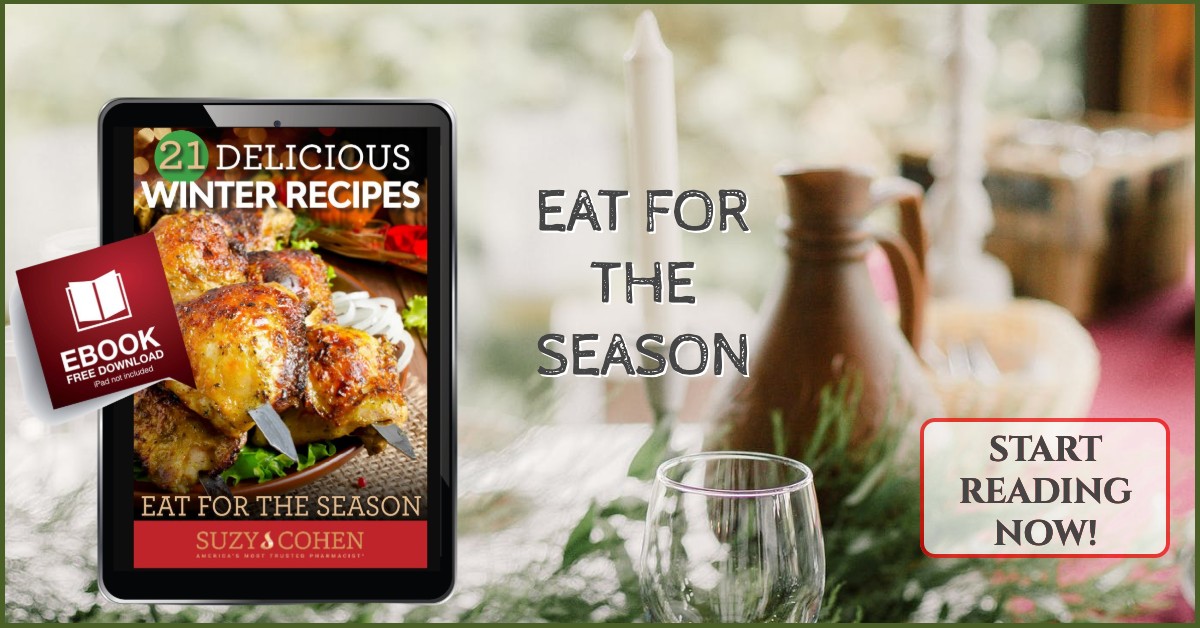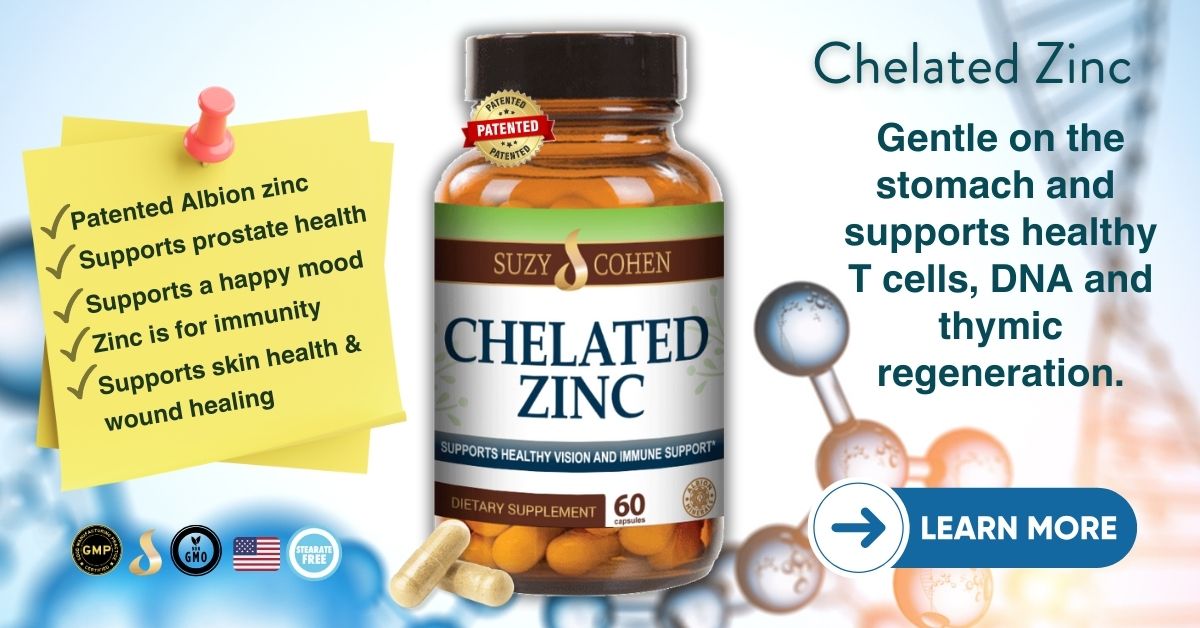So you know how I love to use plants as ‘medicine’ and frequently recommend herbs to you? Well, there are certain plants that are dangerous, especially at this time of the year. Not all plants are medicine!
I want every family to be safe and happy during this holiday and the beautiful plants and trees of the season are something you should learn about. Today you’ll find out which holiday plants are harmful, which are perfectly fine, and which need to be kept out of reach of children and pets.
Christmas trees.
Some people don’t like artificial trees. If you love the scent of a beautiful living evergreen 🌲 Christmas tree, I recommend you feed it with plain water. Commercial preservatives are not necessary. Most brands induce stomach upset and vomiting to children and pets who crawl around the floor and take a sip of the water in the Christmas tree stand. Some commercial tree preservatives (or home-made versions) contain anything from harmless ingredients like corn syrup or soda to more dangerous ingredients such as bleach, whiskey or aspirin.
One more comment about natural trees… bacteria and fungus will grow in stagnant water and this further contaminates the water in the tree stand. So keep the water fresh💧 and wipe down the container periodically if you can get under there. Even the National Christmas Tree Association recommends using plain water only. You can read more about that HERE.
Holly Berries.
Branches of the holly tree (often called “boughs” of holly) are beautiful holiday decorations and frequently used to add color to mantles, table settings and even food! Be careful with this one because the berries are poisonous to both humans and animals. If you accidentally ingest the berries, it can cause local irritation in your mouth as well as severe diarrhea, vomiting, dehydration and weakness. There have been fatalities.
The holly leaves are prickly so those aren’t safe either, but it’s really the the berries that are harmful (if swallowed). The toxins in berries include saponins, methylxanthines (theophylline is a drug in this category), and compounds called “cyanogens” which can form cyanide in the body. According to a TOXICOLOGY paper I found, the authors state:
“Cyanide is formed following the hydrolysis of cyanogenic glycosides that occur during crushing of the edible plant material either during consumption or during processing of the food crop.“
In summary, keep your beautiful holly boughs up and away from children and beloved pets or alternatively, buy silk or plastic versions of holly for your home decor. That’s safer for this particular plant. But if you insist on fresh holly boughs, you should remove the red berries before placing it if you have little visitors coming, or pets.
Here’s why that’s a smart move: When the holly dries out in your home, which is pretty quickly, the berries fall off the plant and become a danger to children and pets.

Poinsettia.
The poinsettia plant blooms with those stunning big red flowers! It also has varieties that bloom in white and cream. This plant is often considered deadly but it’s not usually fatal if eaten. The poinsettia sap in the leaves and flowers can be irritating if children and pets chew on it, especially because it causes a painful mouth, lip or skin rash. If swallowed it will also cause cramps and stomach upset. But it doesn’t kill.
Mistletoe.
The kissing sprig. If you pass beneath the mistletoe, you can get one planted on you! 😘 It’s a well-known holiday tradition and symbol of love! American mistletoe (Phoradendron serotinum) is different and safer, compared to its European cousin known botanically as Viscum album.
So again, American🇺🇸 mistletoe is not toxic like European mistletoe, but here in the states, it’s come down to guilt by association. In a study examining 1,754 American mistletoe poisonings, almost all the cases were children (92% of exposures) and they were all cases from chewing and swallowing the plant. There were no fatalities.
I do not recommend eating or consuming any part of the plant, however smooches are perfectly fine!
Consumption of American mistletoe can cause stomach upset, it’s just not a highly toxic deadly plant that is all I am saying. In poison cases where 5 or more mistletoe berries were eaten, none of the patients developed dangerous symptoms but they did have gastrointestinal upset. The study concluded that symptoms are uncommon unless a lot of it is eaten. The European species Viscum album is extremely toxic though!
Christmas Cactus.
This plant or its flowers are not that toxic to dogs 🐶 however, the plants fibrous material can cause a little bit of irritation to the stomach and induce mild diarrhea. FYI, it’s not really a “cactus” but rather an “epiphyte” which is the same botanical classification that gives us ferns, moss and orchids and they get most of their moisture from the air.
Artificial Snow.
My recommendation is to use cotton batting for fake snow. It’s safer than the kind that blows all over the place when you sneeze. Also, there are some chemicals in those bags of snow that might be a slight irritant to some people. Artificial snow isn’t a huge problem but when your skin touches it, can cause irritation, especially for people with open, or more sensitive skin. The product should be washed off well with soap and water to reduce the redness, itching and irritation. You can apply hydrocortisone or lavender essential oil if you need to. It shouldn’t be a big deal at all.
What about the sprays? Getting artificial snow in your eyes might cause mild pain and redness. Obviously it should never be sprayed directly into the face like some times accidentally happens if your sprayer isn’t turned away! Immediately rinsing your face and eyes, and applying a cold compress gently with comfortable temperature water might help limit further problems.
According to Poison.org, “There are two main types of artificial snow: powders that are mixed with water and spray-on aerosols. In most small exposures, neither product type is likely to cause severe problems, but swallowing the powder or spraying the aerosol directly onto the skin or into the eyes can cause symptoms.”
Daffodil.
While definitely a spring flower, it is worth honorable mention during the holiday season because it is on my mind and it is pertinent to the topic of toxic plants.
All parts of the daffodil contain toxic chemicals. ☠️ The chemical called “lycorine” is most concentrated in the bulb, which might accidentally get chopped up as garlic if an inexperienced home chef is not totally aware of this, or not paying attention when they pull the bulb from the garden! The bulbs look sort of similar. The bulb of the daffodil also contains a high concentration of oxalates, which act as a tiny, microscopic needle-like irritant. Oxalates in high concentration, when swallowed, will cause severe burning and irritation of your mouth, lips, tongue, tonsils and throat!
When ingested, the daffodil plant can cause severe nausea, vomiting, stomach cramping, diarrhea and if enough is eaten, it could induce hypotension, weakness, drowsiness and liver damage. Pets might get into this plant, that’s the biggest deal. You don’t usually see daffodil poisonings in humans.
Medications.
Many prescription and over-the-counter medications 💊are poisonous to pets. For example, some over-the-counter analgesics can be fatal to a dog or cat! Even if your own medicines are stored well out of reach of your pets, keep an eye on your guests because sometimes they keep medications loose in their luggage or purse and your pets could easily get into them. Just ask your relatives and friends who visit to keep their medicine out of reach from your pets (and children) because they may unknowingly expose them to danger.
Take Home Message.
At this time of year be careful with holiday plants because some of them are poisonous. If you bring them into your home, just place them well out of reach of your children and pets. And also keep an eye on your guests who may (for example) relocate a plant from your fireplace mantle into their guest room on the nightstand because they thought it was so pretty. If that happens, their child or your pet can now reach it!
Many poisonings happen during travel because your guests may not realize that your special holiday plants are dangerous. So if you have people coming to your home (specifically babies/children or even someone who is bringing their pet along for the trip) and you decorate with living holiday plants just be careful where you place them and at least give the guests a warning to keep “Fido” away from the holly and poinsettias!

Suzy Cohen, has been a licensed pharmacist for over 30 years and believes the best approach to chronic illness is a combination of natural medicine and conventional. She founded her own dietary supplement company specializing in custom-formulas, some of which have patents. With a special focus on functional medicine, thyroid health and drug nutrient depletion, Suzy is the author of several related books including Thyroid Healthy, Drug Muggers, Diabetes Without Drugs, and a nationally syndicated column.

